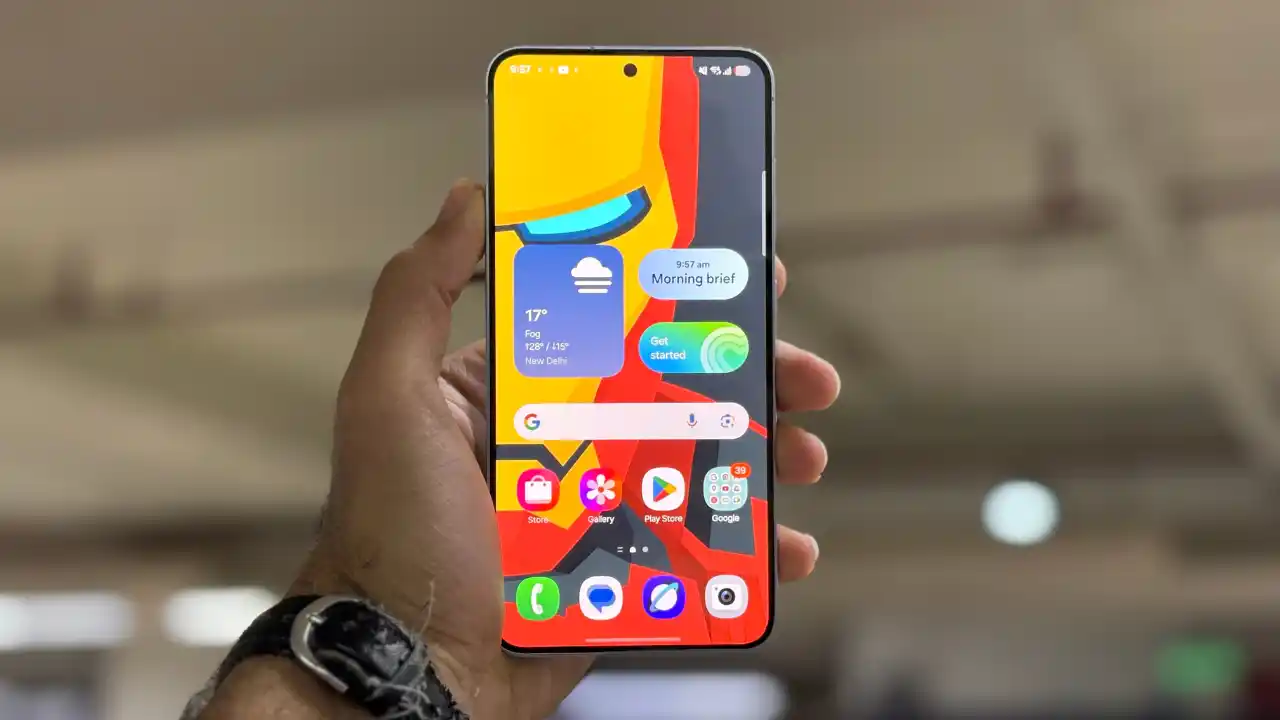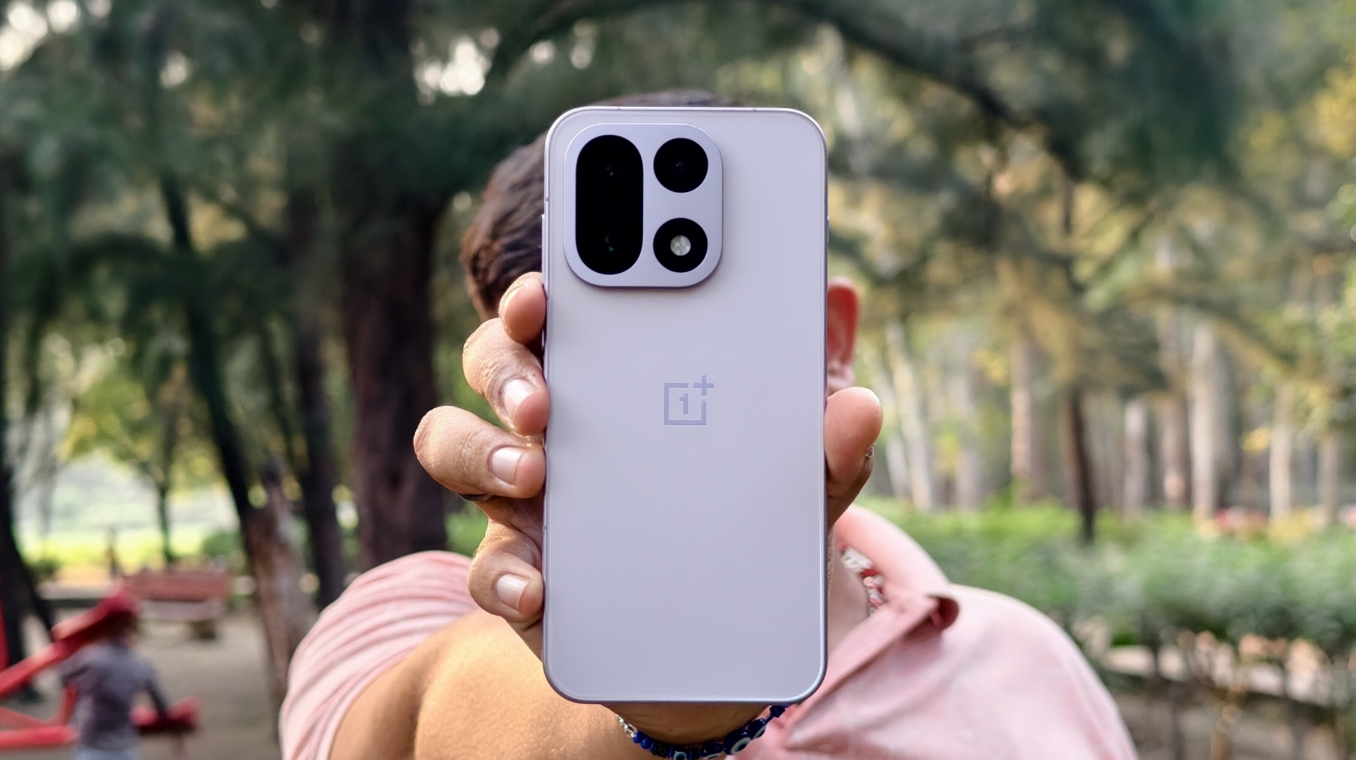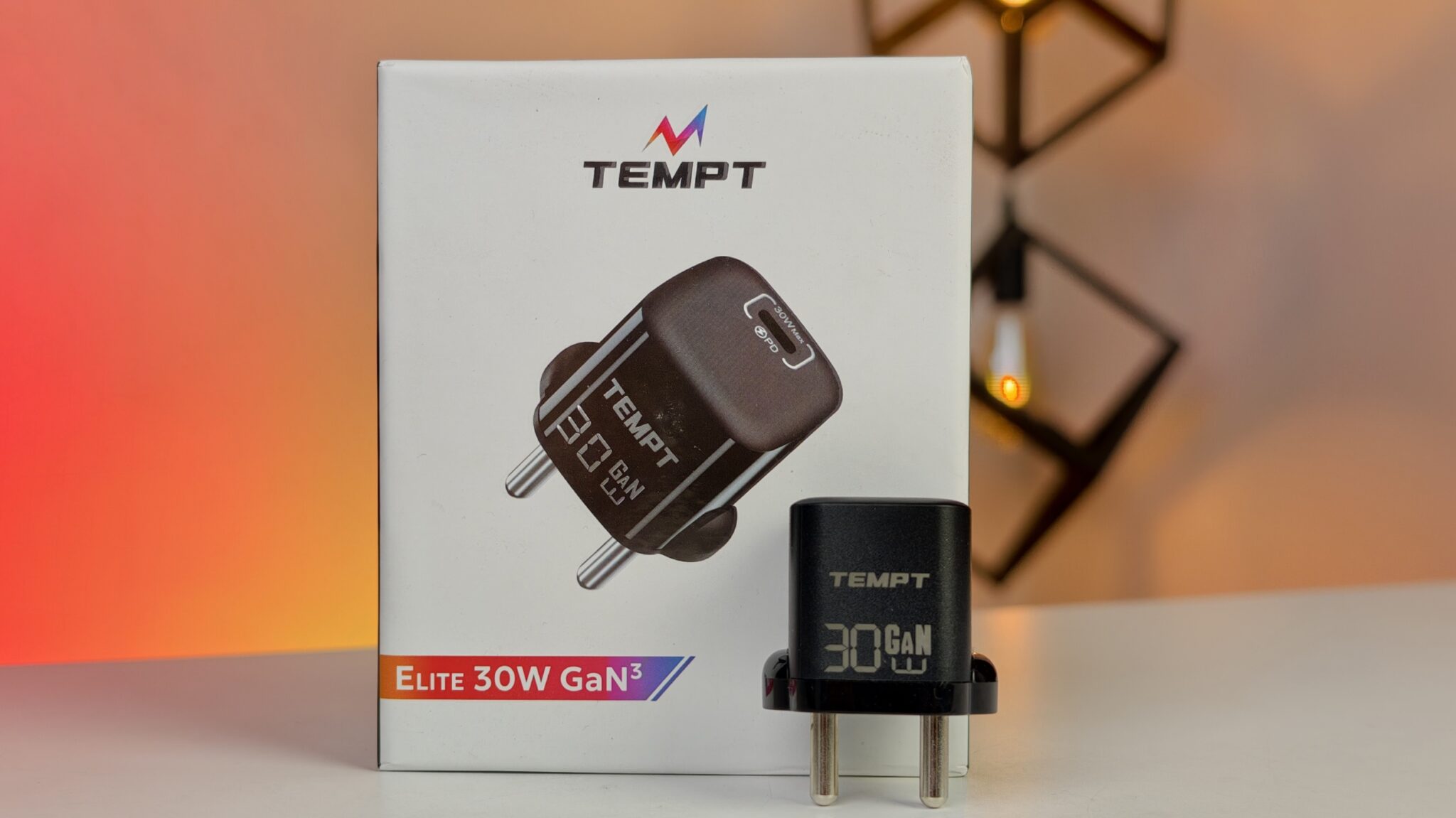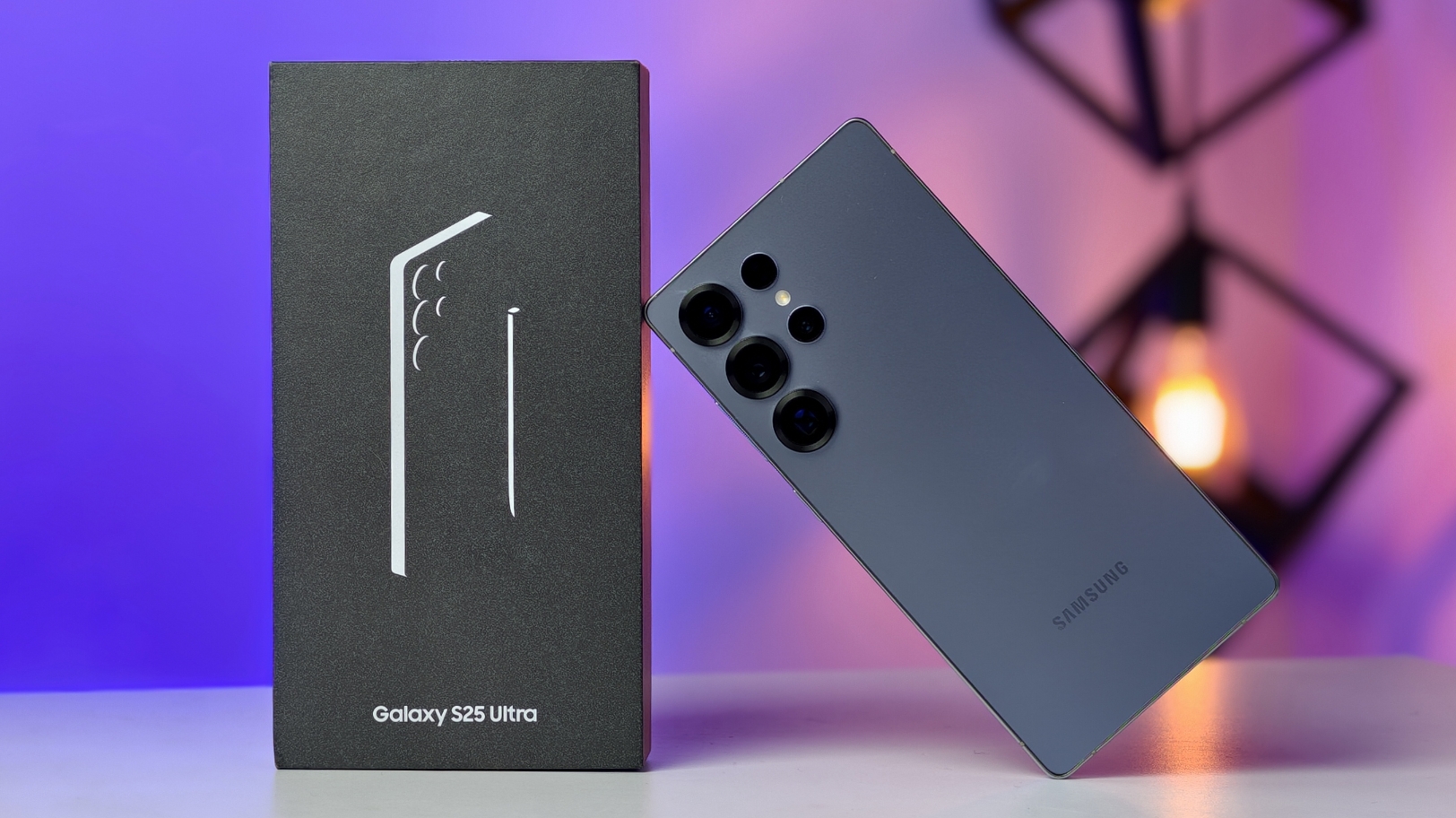Imagine scrolling through your messages, expecting a photo from a friend, and instead seeing a blurred-out box with a stark warning overlay. For many Google Messages users, this is becoming a new reality as Google rolls out a feature designed to shield you from unexpected explicit content. This isn’t a glitch; it’s a deliberate step by Google to make digital conversations safer, particularly against the unsolicited sending of sensitive images.
The feature, officially termed Sensitive Content Warning, is steadily appearing within the Google Messages app. Its purpose is straightforward: to detect images that may contain nudity or sexually explicit material and obscure them before they are fully displayed on your screen. This means you won’t automatically see potentially disturbing or unwanted images as you browse your message threads.
At the heart of this protection lies artificial intelligence. Google has developed on-device machine learning models capable of analyzing incoming images. Crucially, this analysis happens directly on your phone. The image never leaves your device to be processed by Google’s servers for this detection. This is a significant point for privacy, addressing concerns about a company potentially scanning your private messages. Your phone’s processor does the work, identifying images that fit the sensitive content criteria.
Once the AI flags an image, Google Messages doesn’t delete it or block it entirely. Instead, it applies a blur filter over the image within the conversation view. Layered on top of the blur is a warning message, typically stating something along the lines of, “Sensitive content. This image may contain explicit content.”
Why is Google implementing this? The digital world, while connecting us in incredible ways, also presents challenges. One persistent problem is the unsolicited sharing of explicit images, often referred to as “cyberflashing” or simply sending unwanted nude photos. This can be a distressing experience for recipients, causing discomfort, embarrassment, and even trauma. The Sensitive Content Warning feature acts as a protective barrier, giving users control over whether they see such images.
Think about the scenarios where this could be particularly valuable. Perhaps a parent is handing their phone to a child to show them a photo, unaware that a recent message thread contains an unwanted explicit image. Or imagine someone opening messages in a public place – on a bus, in a cafe, or at work – and being unexpectedly confronted with graphic content. The blur provides a crucial moment to pause and decide how to proceed without immediate, forced exposure.
When you encounter a blurred image with the warning, you have options. If you trust the sender or suspect the image was misclassified, you can tap on the blurred area. Google Messages will then ask if you want to view the image. Tapping to view removes the blur for that specific image. This mechanism ensures that while you are protected by default, you are not prevented from seeing content you legitimately wish to see.
On the other hand, if you know the content is unwanted, you can simply ignore the blurred image or delete the message thread. The feature puts the power back in the user’s hands, allowing them to manage their exposure to potentially harmful content.
Google has made this feature enabled by default for many users as it rolls out. The logic behind this is to provide a baseline level of protection without requiring users to seek out and activate a setting. However, recognizing that users should have control over their app experience, Google also provides a way to manage or disable this feature. You can typically find the settings related to chat features or general settings within Google Messages to adjust your preferences for sensitive content warnings. Disabling it means all incoming images will be displayed without the initial blur or warning, regardless of their content.
The rollout of this feature hasn’t happened overnight. It’s been a gradual process, reaching users in different regions and on various devices running Google Messages. By early 2025, the feature appears to be significantly more widespread, becoming a standard part of the app’s safety tools for a large number of users. The exact timeline of when you received or will receive the feature depends on factors like your app version, device model, and region.
This move aligns with a broader trend among technology companies to address online safety and the spread of unwanted explicit content. Other platforms have explored similar detection and moderation techniques, though the method of on-device AI processing in Google Messages offers a distinct privacy advantage. It allows for protective screening without requiring users to upload their images to a remote server for analysis.
For users, the initial encounter with a blurred image might be surprising. It’s a visual change to the familiar messaging interface. However, understanding the intent behind it – protecting you from potentially harmful and unwanted visuals – helps explain the shift. It represents Google taking a proactive step to clean up the messaging environment and reduce instances of digital harassment or accidental exposure to explicit material.
The implementation isn’t necessarily perfect. AI detection, while sophisticated, can sometimes misclassify images. A non-explicit image might be blurred, or conversely, a subtly explicit image might slip through. Google likely refines the AI models over time based on usage and feedback to improve accuracy. The threshold for what triggers a warning is set by Google based on its understanding of what constitutes potentially explicit content, and this might not align perfectly with every user’s personal boundaries.
Despite potential minor imperfections, the Sensitive Content Warning feature represents a meaningful effort to enhance user safety within Google Messages. It acknowledges the reality that unwanted explicit content is a problem and provides a tangible tool for users to mitigate their exposure. By processing images on-device, Google attempts to balance safety with user privacy, a crucial consideration in personal communication apps.
As this feature becomes more common, it serves as a reminder that the companies behind our communication tools are actively thinking about how to make these spaces safer. While no single feature can eliminate all risks, adding layers of protection like the Sensitive Content Warning can make a significant difference in the daily experience of millions of users, helping them feel more secure and in control of the content they encounter in their digital conversations. So, the next time you see a blurry photo in Google Messages, you’ll know it’s likely the app looking out for you.


















